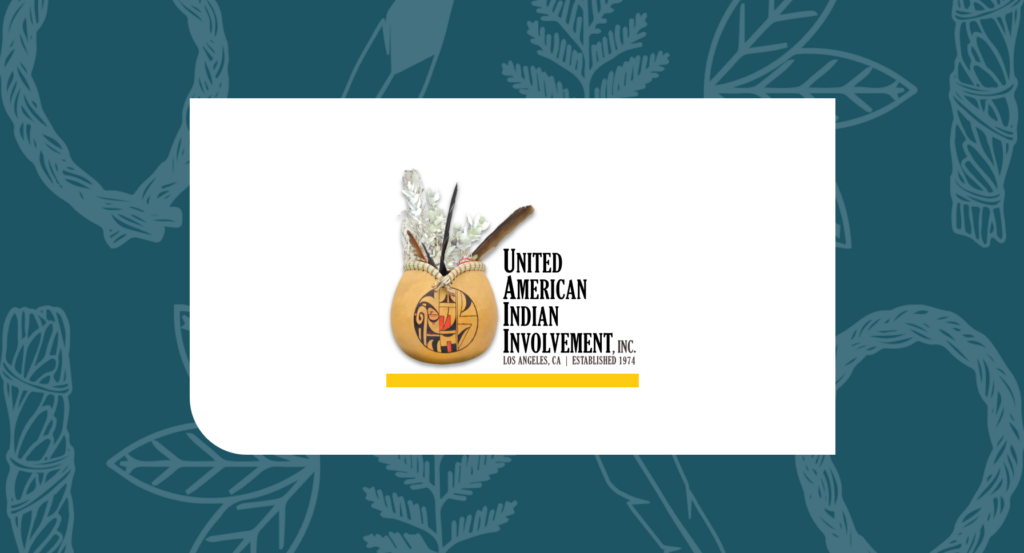[vc_row][vc_column][vc_column_text]
Did you know that over 75% of American Indian children experience dental cavities by age 5?
Or that preschool-aged American Indian children have four times the amount of untreated tooth decay compared with white children?
Here at UAII, we recognize the urgent need for dental services in our community, and we’re excited to announce that April 15th, we showcased our long-awaited Dental Program during our Children’s Health Day event.
Children’s Health Day featured mobile dental screenings along with nutritious food, fun games for the whole family, and exciting prizes for all!
Interview with UAII Director of Development, Joseph Quintana (Kewa Pueblo)
How did the UAII Dental Program Get Started?
A few years ago, we received the alarming news that many in our Los Angeles American Indian community were traveling all the way to Santa Barbara or San Diego to receive culturally competent dental care.
We knew something had to be done – fast. We developed a relationship with Travis Tramel, a local, Native-friendly dental hygienist, and began working on a dental solution right here in our own neighborhood. Luis (CEO of UAII) came on board, and we worked together to bring this idea to fruition. Luis made sure the organization put a lot of focus on building out a successful dental program for everyone in the community – children, adults, and Elders.
This Friday at Children’s Health Day, we will offer mobile dental cleanings, referrals, and dental education for kids. Then, in the fall of 2022, we will begin offering molds, x-rays, and specialty care for all ages in our new dental clinic (still under construction). This is very exciting for all of us! We hope to continue the mobile dental units alongside our primary clinic – partnering with school districts, pow wows, and other large events that we sponsor throughout the year.
Cavities were rare in American Indian children until the introduction of refined sugar in the mid-1800s. Post-reservation, the U.S. Army provided sugar, flour, and other processed foods that were previously unknown.
Traditional, Native diets consisted of real foods such as buffalo (the leanest of meat), elk, deer, rabbit, fish, wild fruits, grasses, root vegetables, and fresh drinking water. These foods were the primary staples for thousands of years.
Native peoples now have higher rates of diabetes and dental cavities, and this may be due to a reduced ability to digest refined sugar and flour.
UAII Oral Health Recommendations:
- Reduce consumption of sugar-containing drinks and sugary snacks.
- Promote exclusive breastfeeding for the first 6 months and breastfeeding until 12 months of age.
- Promote collaboration between oral health and obesity and type 2 diabetes mellitus prevention efforts.
[/vc_column_text][/vc_column][/vc_row]




